About Artist Vincent Van Gogh
Collapsible content
About Our Jewelry Collections:
Jewelry Inspired by Masterpieces, Nature, and Music
Creative expression you can wear — from Monet to music notes.
Our Jewelry Collection is a celebration of art, nature, and personal style, featuring themes as diverse and expressive as your customers. Explore a unique selection of art glass jewelry, wildlife-inspired designs, and music-themed pieces — plus new arrivals geared toward nature lovers and men’s jewelry styles.
You’ll find butterflies, dragonflies, sea turtles, dolphins, and hummingbirds, along with striking palette pendants, art necklaces, and glass earrings inspired by famous painters like Van Gogh, Monet, Degas, Klimt, and Kandinsky.
Each piece is packaged in a gift-ready box making every piece a meaningful gift or personal keepsake.
Elegant, expressive, and wearable art — for all styles and stories.
Collections
-
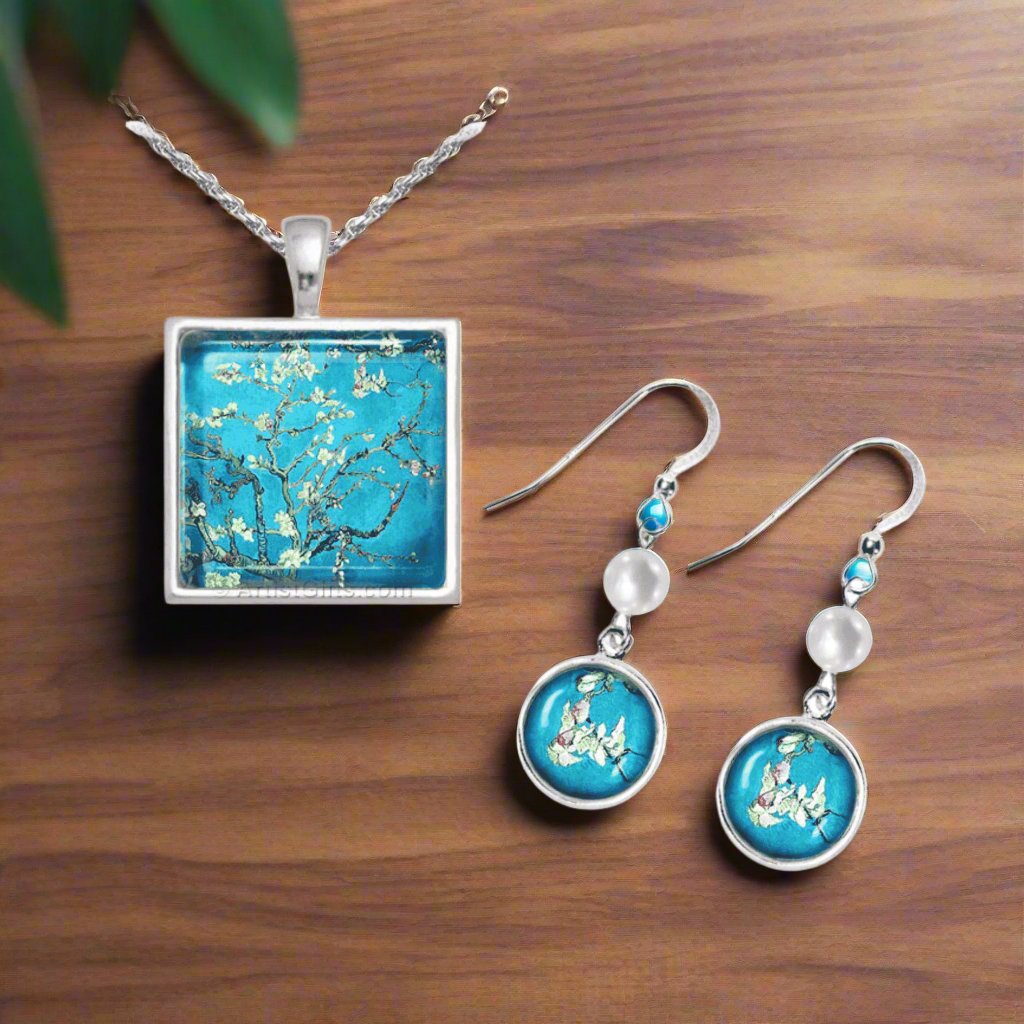
Art Inspired Jewelry
Our Art Inspired Jewelry is a perfect gift idea for your favorite...
-

Timeless Roman Glass Jewelry Collection
Authentic Roman Glass Jewelry — Timeless, Unique, and Handcrafted Own a piece...
-
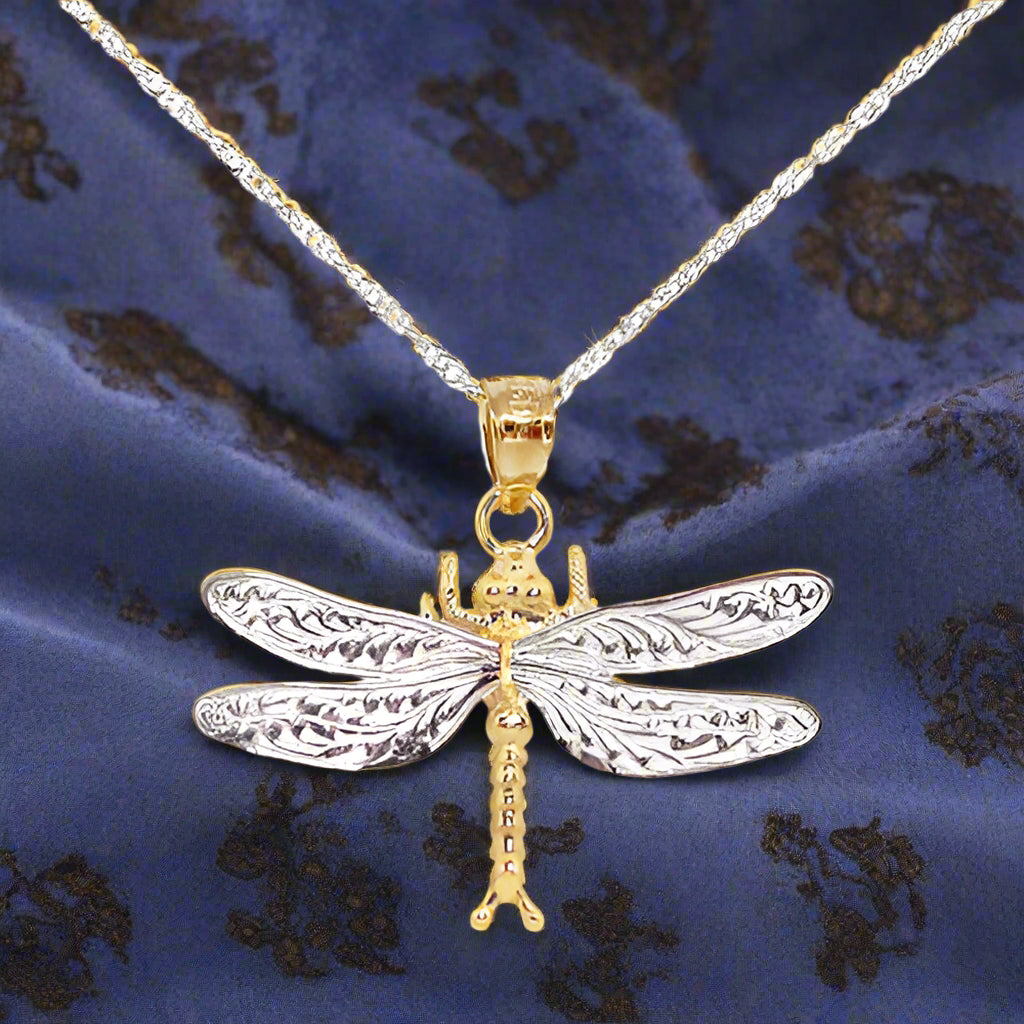
Dragonfly Jewelry
Our special dragonfly jewelry collection features dragonfly earrings, dragonfly necklaces and dragonfly...
-

Butterfly Jewelry
We offer beautiful sterling silver butterfly jewelry, gold butterfly jewelry and gemstone...
-
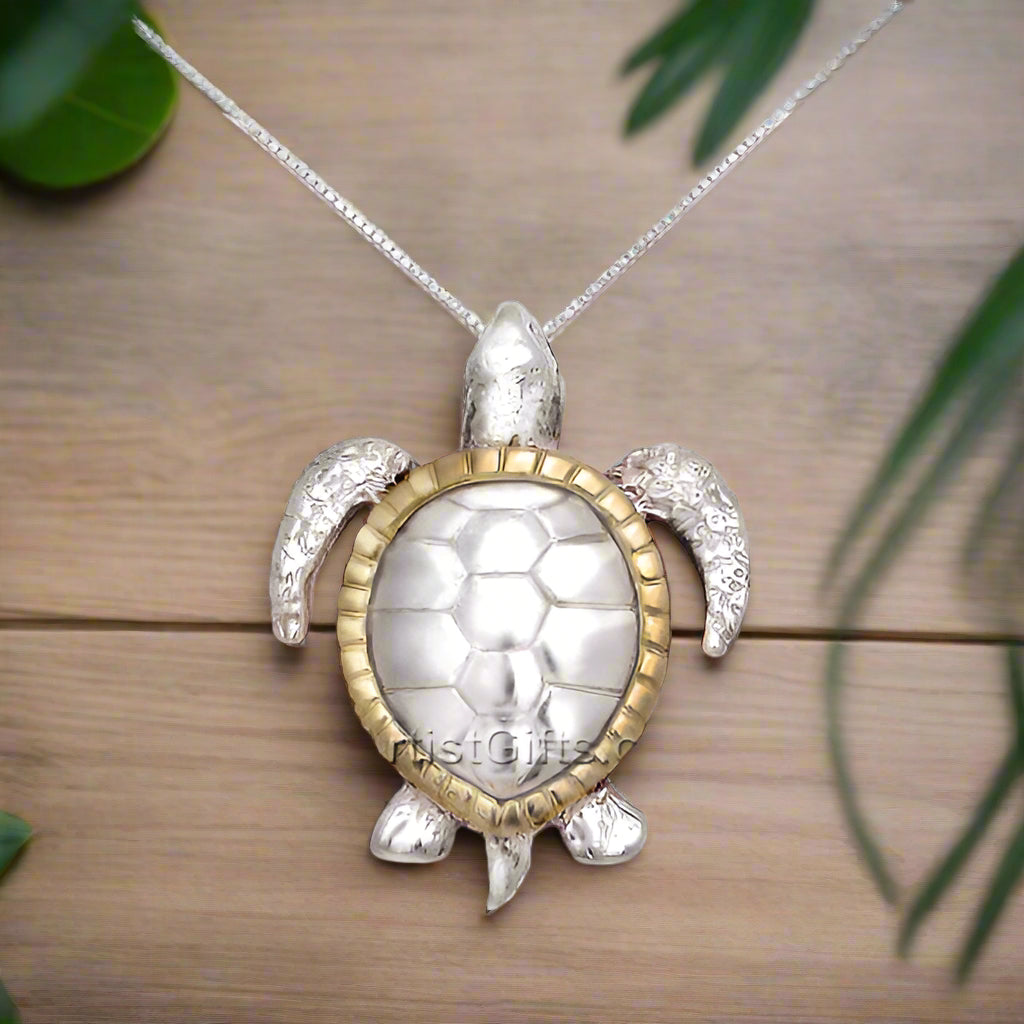
Sea Turtle Jewelry
One of our very popular wildlife collections includes this beautiful sea turtle...
-
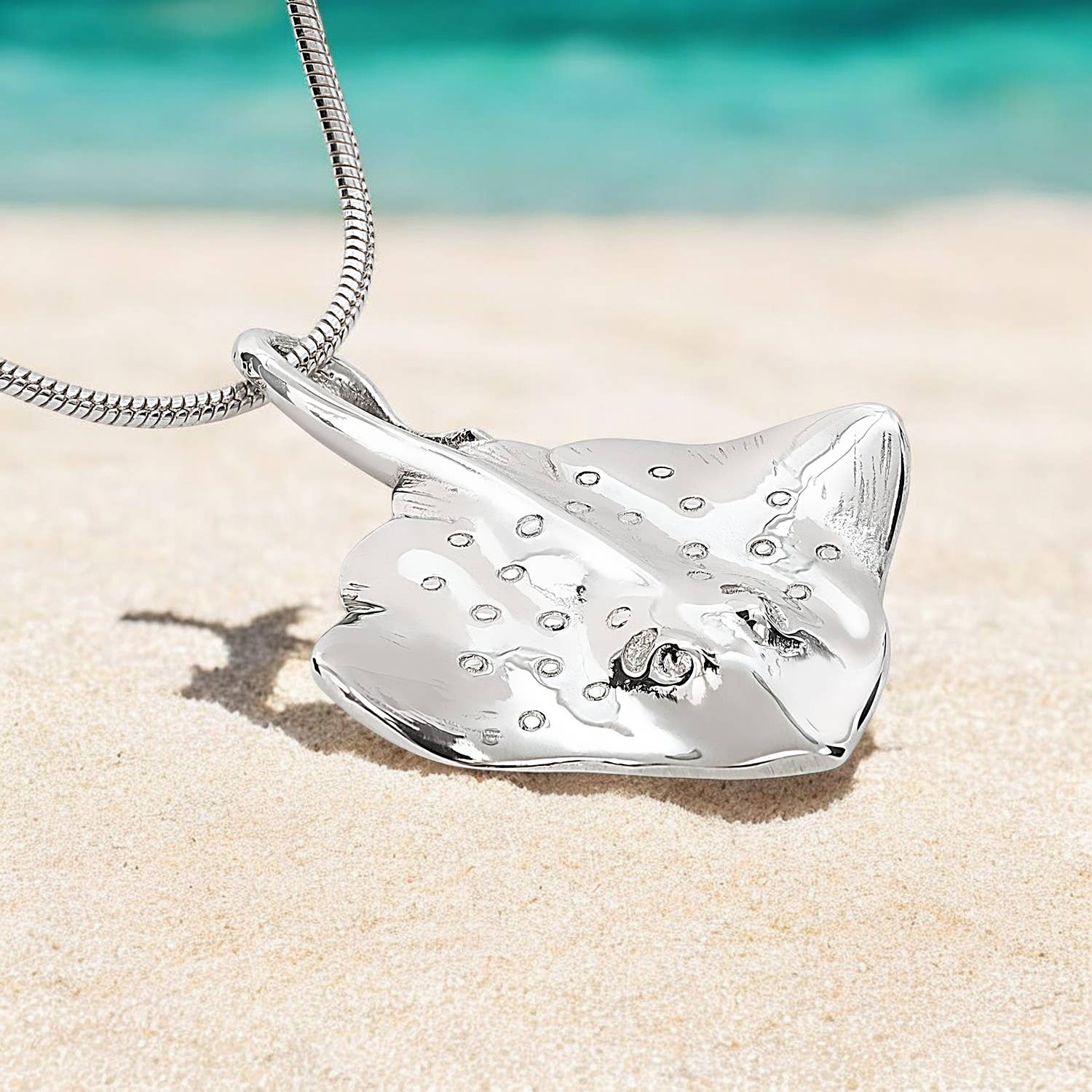
Dive into Wonder: Sea Life Jewelry Collection
Explore Our Sea Life Jewelry Collection Immerse yourself in the wonders of...
-
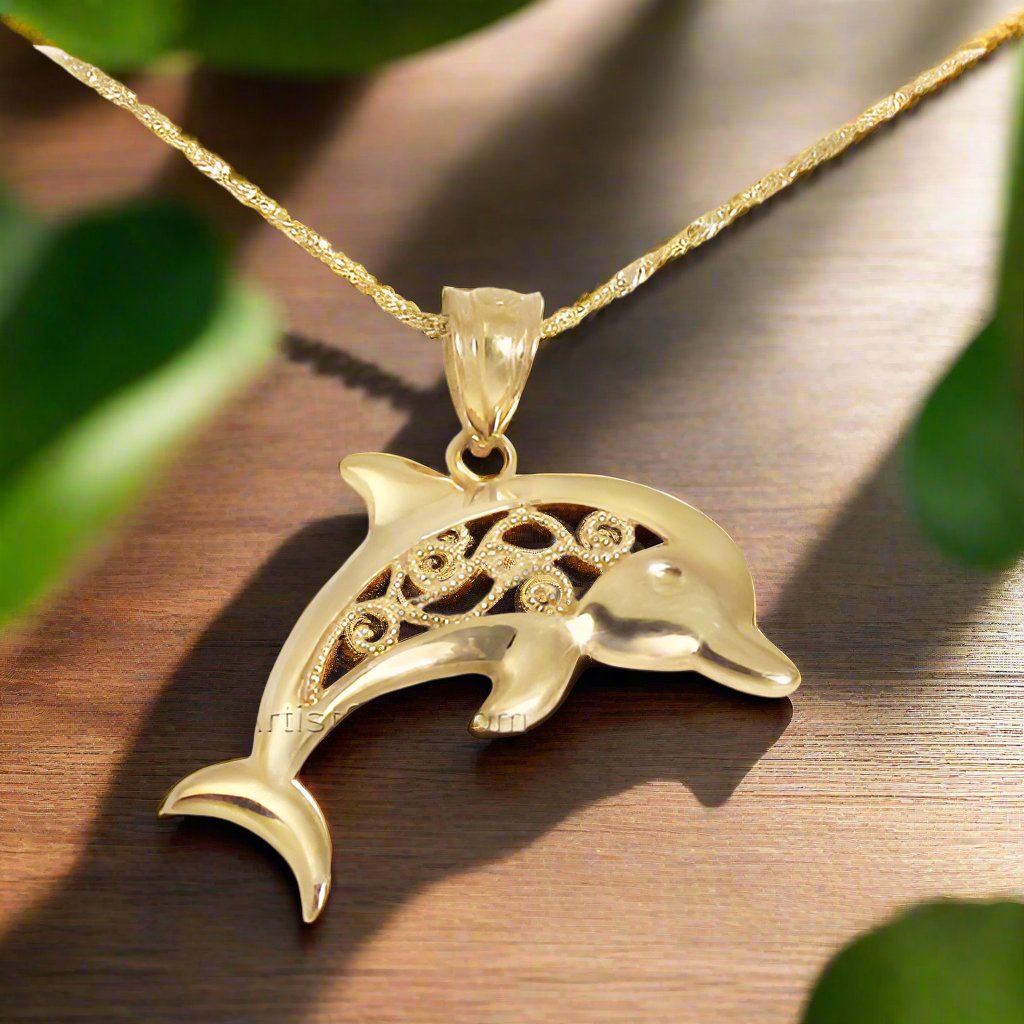
Dolphin Jewelry
Whale, Killer Whale & Dolphin Jewelry in Sterling Silver, 14k Gold, and...
-

Flower Jewelry
Everybody loves beautiful flowers and our lovely flower jewelry includes all your...
-
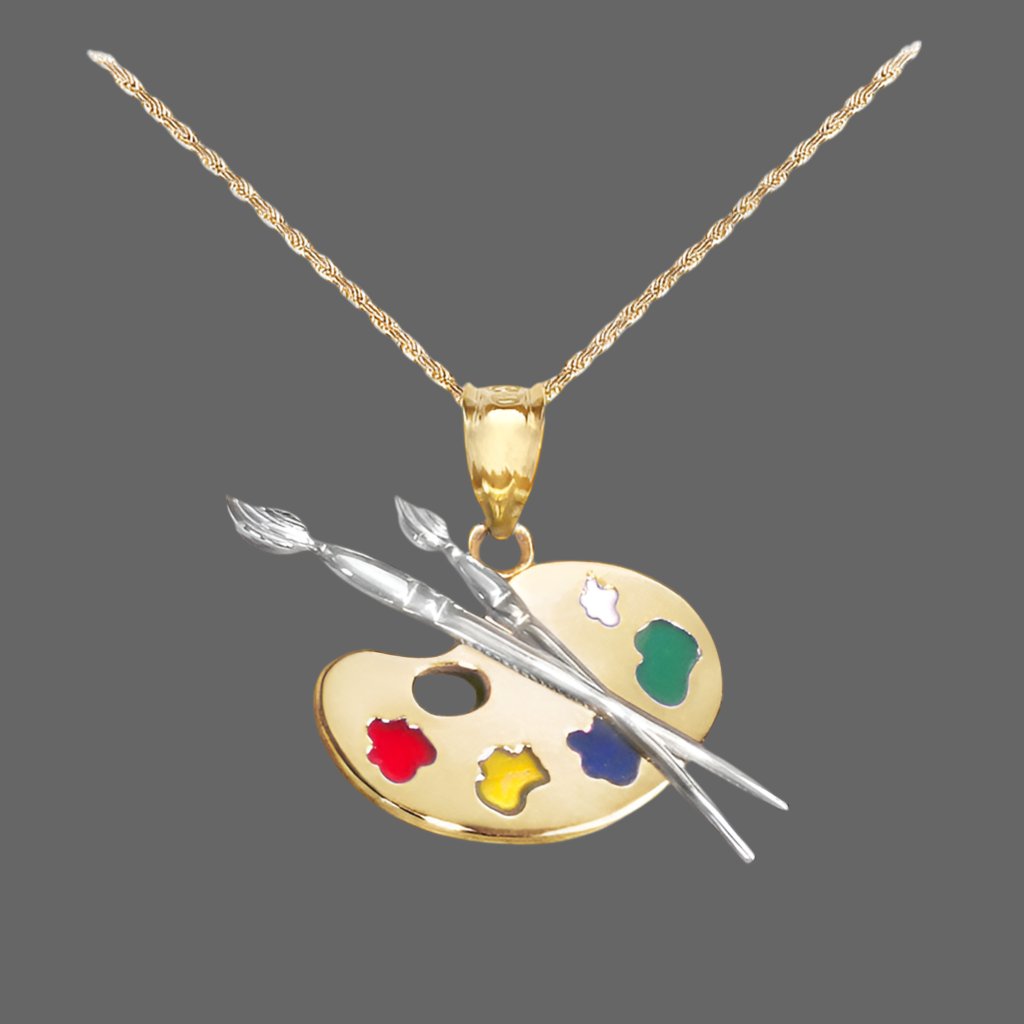
Artist Palette Jewelry
You're going to love this special artist palette jewelry featuring several styles...
-
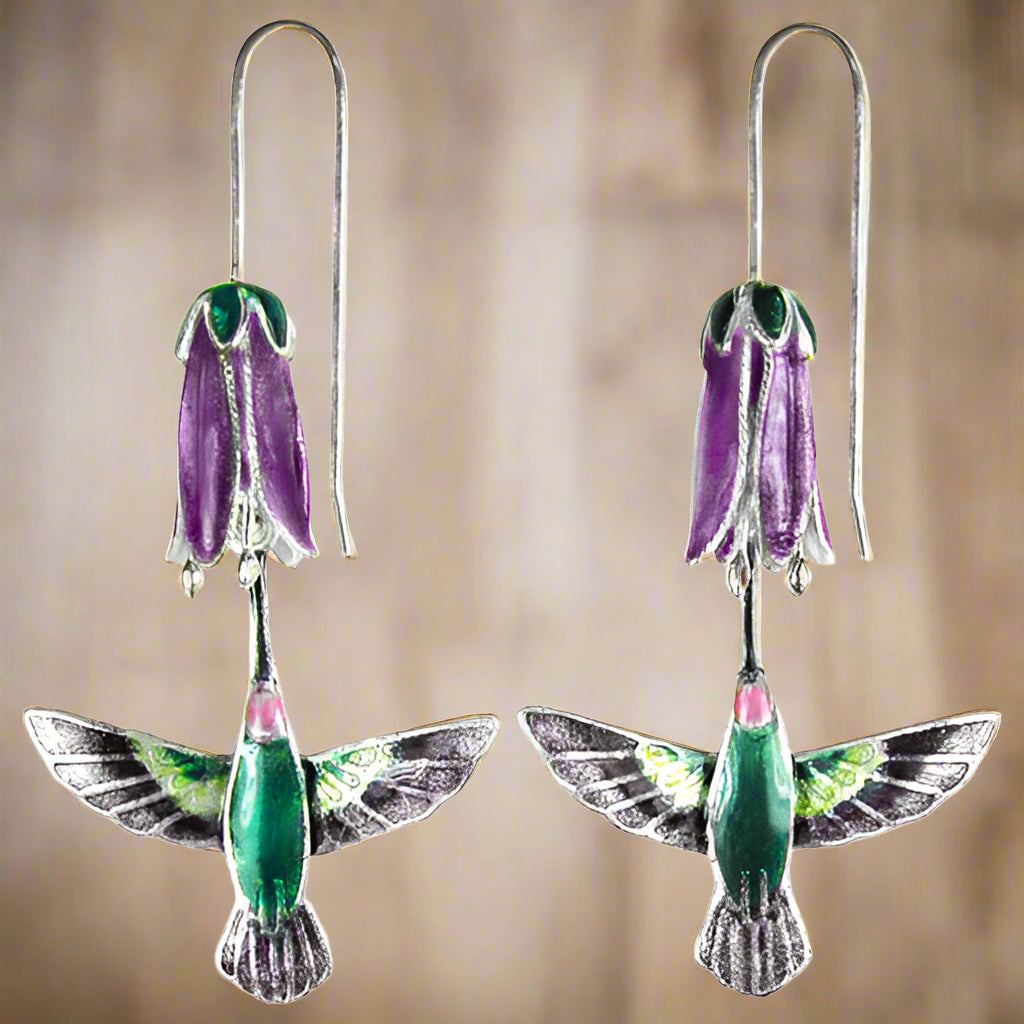
Hummingbird Jewelry
Artful and Unique Hummingbird Jewelry for Hummingbird Lovers. The arrival of migrating...
-
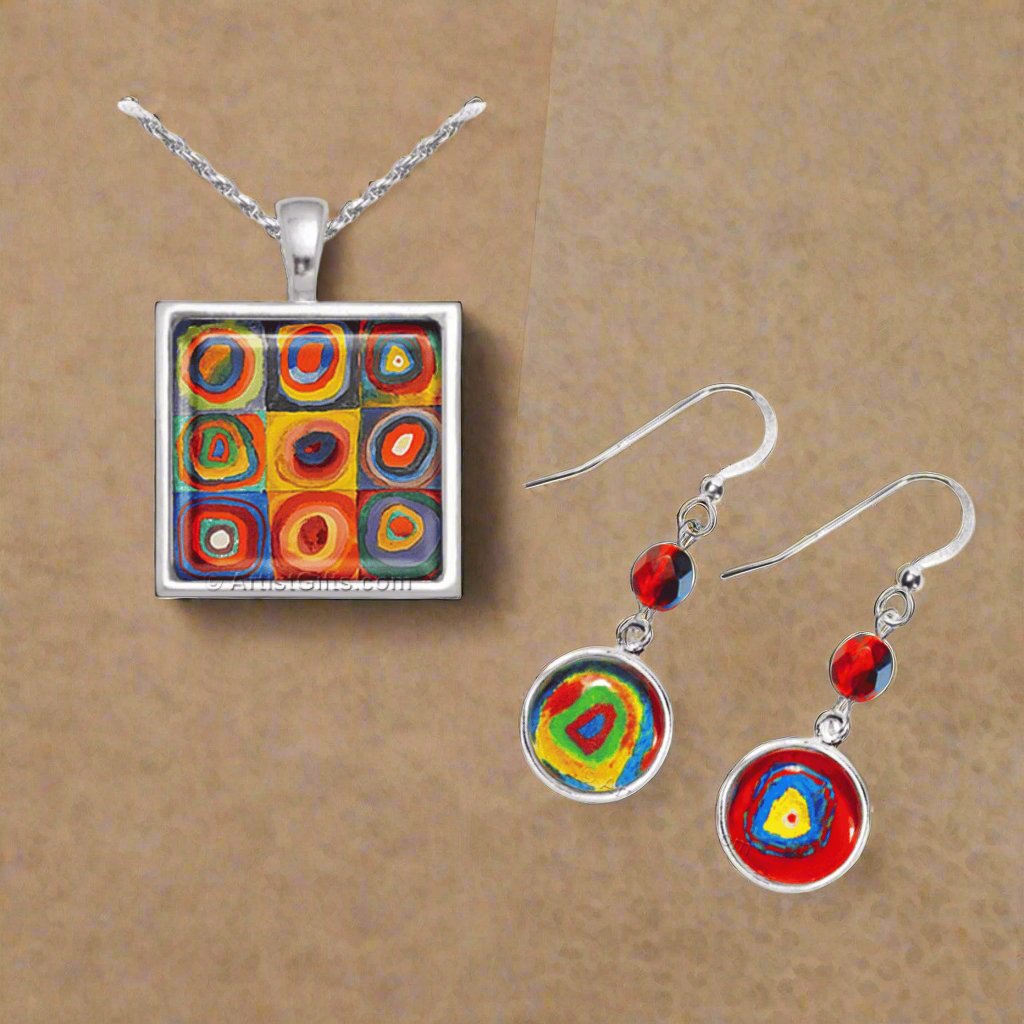
U.S.A. Made Jewelry
Our USA made jewelry collection includes art inspired jewelry as well as...
-

All Jewelry
Inspired by Masterpieces, Nature, and Music Creative expression you can wear —...
Jewelry By Material...
Gold Jewelry
Silver Jewelry
Timeless Roman Glass Jewelry
Timeless Roman Glass Jewelry


 Image from: https://www.wikiart.org
Image from: https://www.wikiart.org










